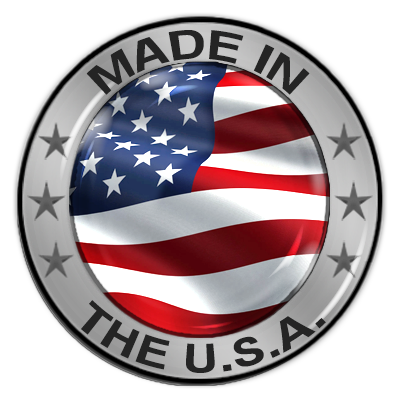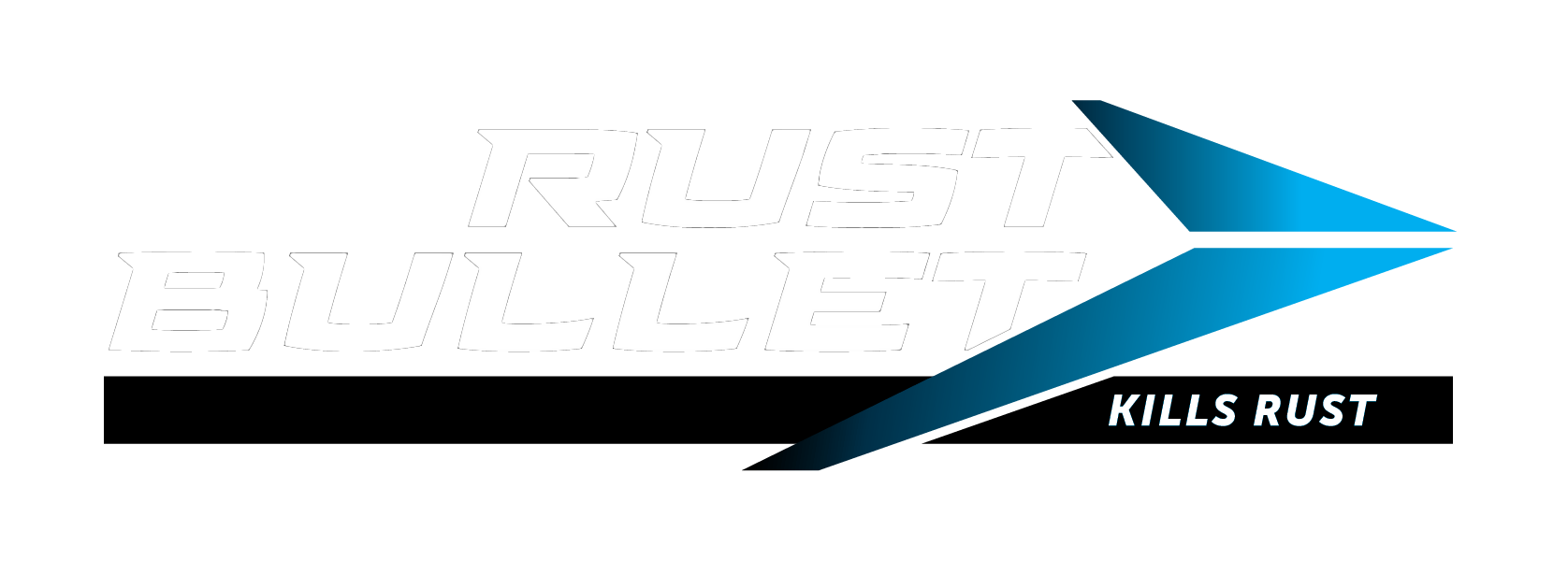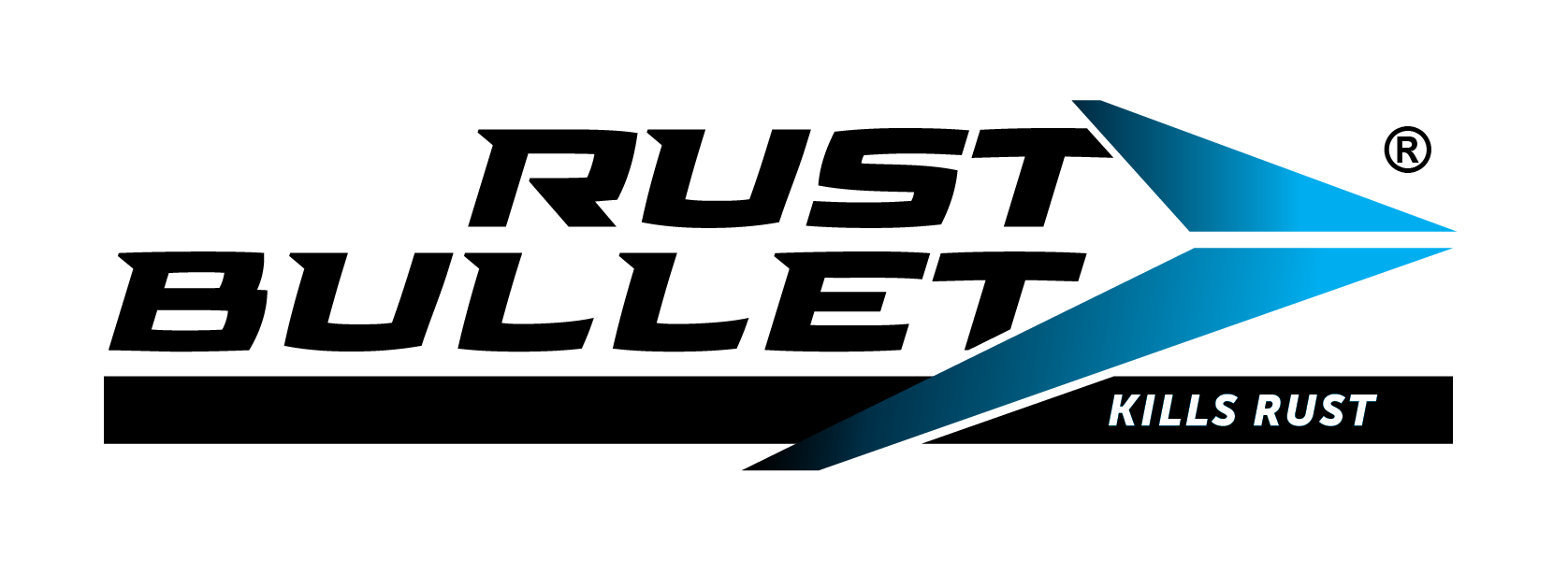Chemical Processing Story – November 2013
Coating manufacturer succeeds by thinking differently about project

When Rust Bullet was ready to begin manufacturing overseas, we already were veterans at marketing an unconventional product. Swimming upstream against traditional attitudes about anti-corrosion coatings, we had learned that progress in product innovation always will be slow if it’s limited to “the way we’ve always done it.” Yet, our experience had shown that fresh, unconventional thinking can lead to big advances in technology, so we were well prepared to consider a novel approach to offshore manufacturing as well.
As it turned out, our experience transferring our process to an overseas manufacturing partner is a reminder to small- and mid-sized companies: The best path to success isn’t always the one chosen by the market leaders that came before you.
For larger companies, it’s a wake-up call. Sticking to what’s familiar — resisting changes in feedstock and formulation, equipment strategies, packaging and even the choice of a new manufacturing partner — is risky. Smaller, more-agile companies always will be coming up behind you. Some will be willing to consider new directions, hoping to move quickly to exploit the opportunities you overlooked.
AN UNCONVENTIONAL PRODUCT
The anti-corrosion coatings market, like many other mature ones, is dominated by strong attitudes based on long experience. Most “old guard” engineers insist that to be effective an anti-corrosion coating must be zinc-rich. Indeed, zinc for decades has been the gold standard in preventing corrosion on ships, bridges, drilling platforms, aircraft, towers and many other structures in marine, industrial and agricultural applications.
In recent years, research has revealed serious environmental risks associated with zinc, so demand for an alternative has grown. This has led to the emergence of multi-layer epoxy-based coatings and zinc-filled conventional urethane coatings for corrosion mitigation and control. However, market acceptance has lagged. The hassle associated with laborious surface preparation and the time required to apply numerous catalyzed layers has caused resistance. In addition, companies concerned about environmental impact balk because many of these coating alternatives still contain zinc and other harmful ingredients.
Research and development in our laboratory, followed by three years of extensive testing at independent analytical laboratories and various universities, produced a different approach to corrosion control, one based on novel chemistry. Instead of protecting metal beneath a zinc-loaded film or an unfilled resin, the new coating uses a moisture-cured urethane to penetrate and dehydrate rust until it reaches the metal surface underneath. In most cases, surface preparation isn’t required. Catalysts also are unnecessary. As it cures, the urethane captures the dehydrated rust and incorporates it in the resin matrix — killing the rust permanently.
Meanwhile, a protective micro-layer of metallic flakes also forms in the resin matrix. As the coating cures, these metallic flakes align themselves to form an armor that reinforces the coating and physically shields the underlying metal.
At first, companies were slow to adopt the principle of dehydrating and consuming rust with a moisture-cured urethane. Many doubted the possibility of protecting a metal substrate without zinc or other heavy metals. However, test results were compelling; the product now is accepted and performing successfully worldwide. Users include the U.S. Navy (Figure 1), the U.S. Army Corps of Engineers, the Hapag-Lloyd container shipping line and many others.
TRANSFERRING THE PROCESS OFFSHORE
A desire to increase capacity and cut costs usually dominates the decision to manufacture offshore. Often an additional driver is the ability to reduce time-to-market by locating production close to high-value offshore buyers.
Regardless of whether the offshoring involves a sister company or a contract manufacturer, the process engineer always faces the same challenge: How to replicate the process in a distant plant with no loss in product quality and performance? (From a business perspective, transferring a process overseas poses a host of other complex issues, e.g., currency risks, tariffs and regulations, language barriers, intellectual property protection and legal hazards.) This is a formidable challenge, even when simply transferring a process from one plant to another within the same company.
The new site invariably differs in important ways, e.g., in overall culture and management style, legacy equipment on the floor, production-staff skill levels and experience, and local climate. The equation is full of variables that can be hard to control.
The first step is to recognize the variables that matter most — and ignore preconceptions that will steer you in the wrong direction. For example, when looking for a contract manufacturer, conventional wisdom tells us to find a company with deep experience making products just like ours. The company should be well equipped to produce the volume we’re looking for, at the right price, on schedule.
This is the classic turnkey approach to contract manufacturing. It’s based on a narrow definition of what “manufacturing” really means — as though manufacturing can exist in a vacuum, disconnected from other vital business functions. Following this approach can lead to a rigid, uncreative business relationship that confines the contract manufacturer to a silo, fulfilling orders but insulated from other functions such as product innovation, marketing and sales.
We wanted a more integrated and collaborative relationship that would generate more value. So, instead of looking for a “canned” manufacturing solution in which production capacity and the usual profit/loss line items are paramount, we put trust and integrity at the top of our list of priorities.
FOSTERING A DIFFERENT RELATIONSHIP
Most companies use a firewall of secrecy to protect themselves against the risk that a contractor may reveal confidential information to a competitor. We believe that if you choose a partner that clearly shares your values and demonstrates a strong sense of honesty and integrity, you safely can reveal more about your product and your understanding of the market. There always will be an element of risk but you may receive a much bigger return on your investment than with the usual, guarded contract manufacturing relationship.
In our case, we already knew our future manufacturing partner pretty well. PT National Energy Solutions (PT/NES) of Jakarta, Indonesia, had been one of Rust Bullet’s international distributors for a year when the company proposed manufacturing our product in Indonesia. Like Rust Bullet, PT/NES is a family-owned company that’s successful, diversified and growing quickly. It also values honesty, trust and integrity as highly as we do.
Moreover, as a distributor, PT/NES had gained a firsthand understanding of our buyers and how they use our products.
ENSURING A SMOOTH LAUNCH
With our partner selected, the next task was to create a manufacturing environment perfectly suited to the Rust Bullet process. We agreed the best solution was to construct a new plant rather than retrofit a plant originally designed for another process. The climate in Jakarta is inhospitable to moisture-cured resin — with daytime temperatures over 90°F and humidity over 80%. So this was our primary focus. In the new plant, all processing functions occur within a climate-controlled core, where the temperature hovers at 60°F and the humidity never exceeds 50%.
Our next task was to replicate our domestic manufacturing process in the new plant. To accomplish this, we specified the exact same mixing equipment and controls that we’d tested and optimized in the U.S.; these were built by our equipment partner, Charles Ross & Son Company (another family-owned firm with global operations — see sidebar at end of this article). Ross’s West Coast technical expert Rick O’Boyle led us through the specification process for the scaled-up mixing equipment, ancillaries and controls needed. The equipment then was constructed in one of Ross’s plants in China and delivered to the new plant in Jakarta. This strategy enabled us to capture all the benefits of equipment specified, engineered, tested and proven to produce the quality product for which Rust Bullet is known, as well as the cost-efficiency of having it built and shipped locally in Asia.
The new state-of-the-art production facility, which is ISO 9001:2008 certified, started up in June 2012 (Figure 2); chemists in its analytical laboratory focus equally on quality assurance, product development and process improvement.
INVESTING IN PEOPLE
The conventional wisdom about offshore manufacturing is that as the complexity of a process increases, the risk of failure rises just as fast. According to this reasoning, low-wage countries are most suited to providing labor for simple operations. With more-demanding processes, quality problems might drain away the savings going offshore initially promised.
Our experience demonstrates how outdated this “wisdom” really is. The Rust Bullet product is a high performance coating. The process to create it is precise and extremely demanding, allowing virtually no room for error. Yet, we found that with the right equipment and a manufacturing partner that invests in its production team and applies automation intelligently, we can generate end-product that’s always on specification. (Every batch is tested in the plant’s onsite laboratory.)
The best way to invest in people is to provide comprehensive training. Ross’s technical director Ken Langhorn travelled from the company’s Hauppauge, N.Y., test and development center to Jakarta and led our production team through a concentrated program of startup, equipment training and process optimization. From equipment operators to managers, the whole staff was trained and cross-trained. Process parameters were tested and tweaked until the product coming off the line was exactly on specification. [See the sidebar for his pointers on process transfer.]
We video-recorded every presentation and training session he conducted. This enables us to leverage our original program to train new employees as we grow. We also replay the training sessions every six months to refresh the skills of veteran employees on the plant floor.
LESSONS LEARNED
Old ideas about offshore manufacturing are changing fast. Mainstream media love to report that companies focused on cost now are moving manufacturing operations from China to more-affordable labor-rich countries. Meanwhile, high-brow academic and financial media are warning that manufacturing mustn’t be isolated from product innovation. In their view, this is why some offshore manufacturing is starting to move back to the U.S. (so-called reshoring), where innovation supposedly is located. Others still insist that only simple processes belong in offshore plants.
Our experience has shown that we can achieve a significant cost savings offshore and gain an important competitive advantage — without sacrificing the vital link between manufacturing and product innovation. With excellent communication and a transparent “open book” relationship, we’re generating technical innovation on both sides of the planet.
Our manufacturing and equipment partners have proven that with a combination of unconventional choices, technical rigor and human investment, we can successfully transfer a demanding moisture-cured-urethane manufacturing process overseas without the slightest loss in product quality — even in one of the hottest and most humid climates in Asia.
Although our approach won’t perfectly fit all manufacturers, it’s certainly worth considering, regardless of company size.
Click HERE to read the original article.
-
facebook
-
YouTube



Outside of US: 1-775-829-5606
Toll Free: 1-800-245-1600
Canada Toll Free: 1-800-789-3993
Email: Support@RustBullet.com
Monday-Friday 8:30am to 5:00pm PST
300 Brinkby Ave., Suite 200
Reno, NV 89509
USA

